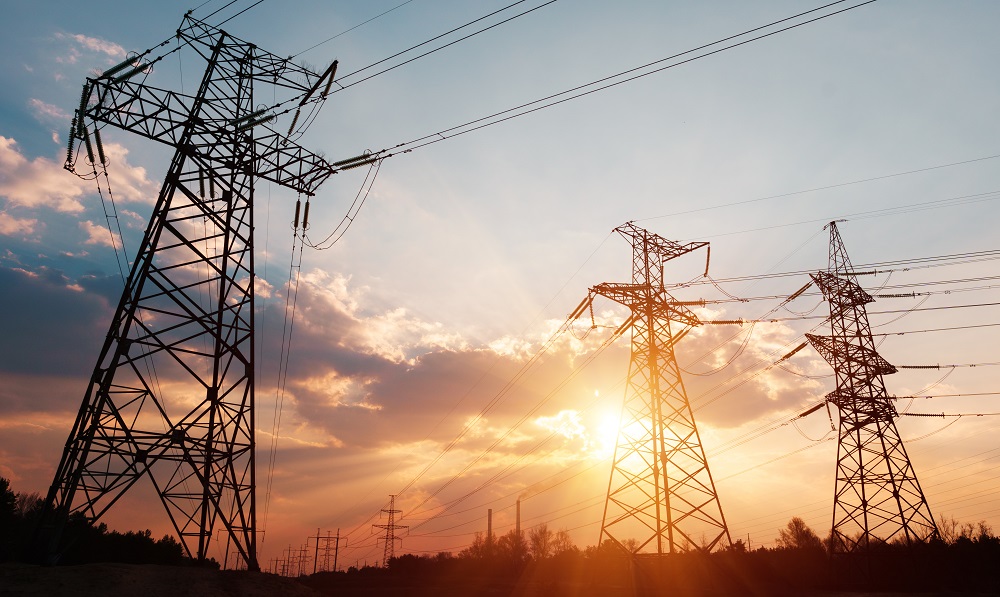KENYA: Prime Opportunities in the Energy Sector the Incoming Government Could Tap Into
Source: Electricity Sector Association of Kenya
Electricity costs are undeniably a factor that affects the lives of people be it at an industrial or household level. Within the country, there has been a wide-ranging discussion on the electricity sector as to how to reduce the cost of power. With the just concluded elections and a new incoming government, there will be a lot at stake for the electricity sector. ESAK as a key player in this sector will be a key participant in this sector in line with its mission of encouraging sustainable development of the Kenyan electricity sector through collaboration, advocacy and data driven solutions. As we await the next government, here are some key projections and priority areas that the government should focus on in the incoming regime.
Maintaining a balanced energy mix in the grid is paramount to ensuring reliable power to the people. Renewable energy is undoubtedly a key factor in clean transition in the country with Kenya determined to achieve full transition to clean energy by 2030 and 100% access to clean cooking by 2028. Currently, renewable energy accounts for 73% of installed generation capacity with 90% of the electricity in use derived from clean sources. Increased investment in the renewable while having a balanced power mix balance will enable the country progress forward in electrification rates. According to the World Bank Global Electrification Database, Kenya’s electrification rate stands at 71.4% as at 2020. With the new administration, we are hoping for 100% electrification across all homes. This may seem like an uphill task but with adequate investment in the sector this is a milestone that can be achieved.
The issue of Power Purchase Agreements (PPAs) has remained a topical conversation in the sector between government and Independent Power Producers (IPPs). The IPPs’ came to the country at a time when the country was faced with power rationing. They account for 38% of Kenya’s installed capacity on the grid. In efforts to cut on cost of power, the government opened up conversation around renegotiation of the contracts signed with the IPPs. With these discussions set to roll over onto the next government, there is room to re-look at the sector as a whole and not just the PPA’s. The symbiotic nature of the players in the energy sector ensures a seamless working but on the flipside, if one part is not functioning well, the whole sector is affected. It’s important to note that access to electricity enables us to have access to a multitude of services such as lighting, cooking, charging our devices and access to information among other services.
The energy sector in Kenya is comprised of various stakeholders at the regulatory level, including the Ministry of Energy, Kenya Power, Energy Petroleum and Regulatory Authority (EPRA), KenGen and the Rural Electrification and Renewable Energy Corporation (REREC). Increased collaboration between ESAK and these bodies will be instrumental in spearheading reforms in the electricity space and ultimately address the needs of the common mwananchi. These bodies have a symbiotic relationship and synergy between them in the next dispensation will be beneficial to the electricity
space in Kenya.
Other frontiers to be explored with more focus include regional power trade in the East African region and beyond. Full operation of the Eastern Africa Power Pool will not only benefit the member states but it will also build towards the incorporation into other African power pools. Kenya is already trading power with Ethiopia, Uganda and Tanzania. With such existing trade data, the new administration can check to see how best to expand, renegotiate and improve the regional power trade to Kenya’s advantage. This will also be an opportunity to scale up power plants in the region. With the necessary regulation, trade agreements between member countries can lead to growth in
the electricity sector.
Green hydrogen is another area that the incoming government should focus on. It has the capacity to expand the use of e-fuels, which are fuels produced with electricity from renewable sources or decarbonizes electricity. In its 2020 Guide to Policymaking on Green Hydrogen, the International Renewable Energy Agency (IRENA) highlights that the production of green hydrogen requires a dedicated transport infrastructure, capital and a reliable market, among other factors. With the political and economic goodwill, this can be achieved and has the potential to be monetized via exports to other markets.











